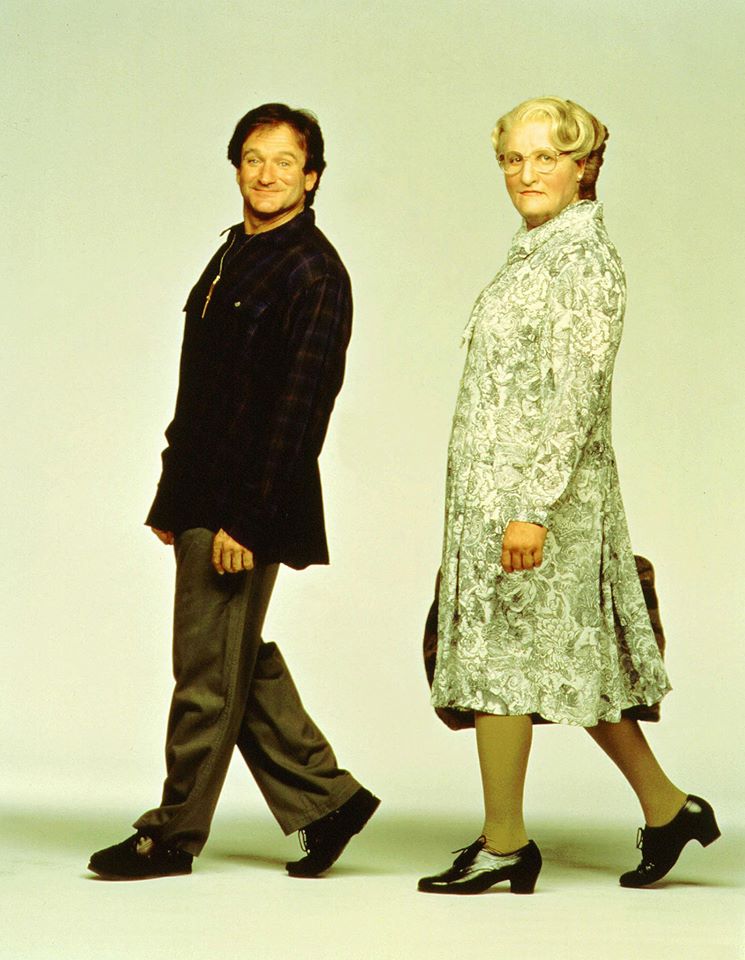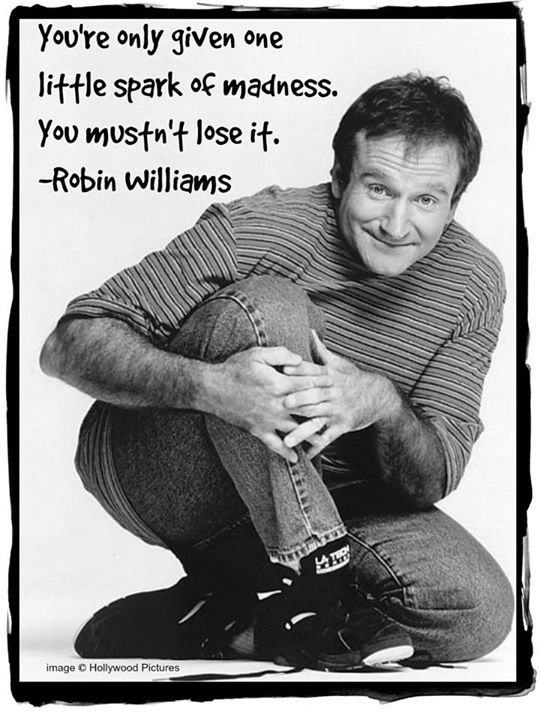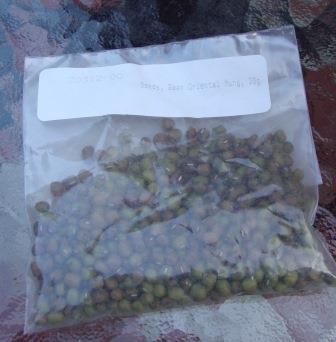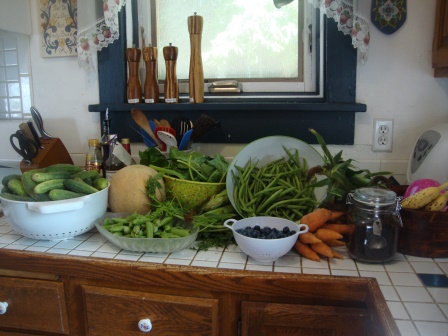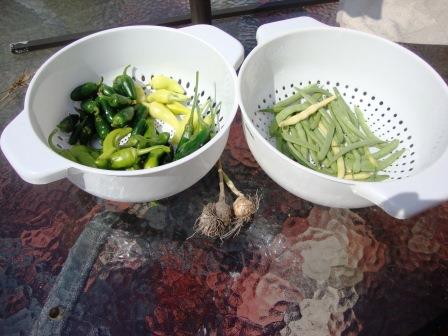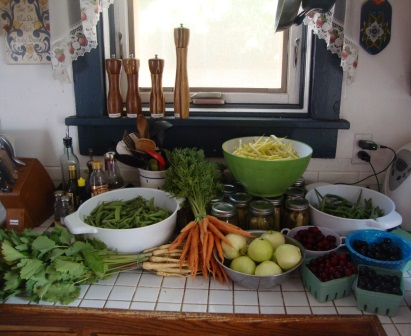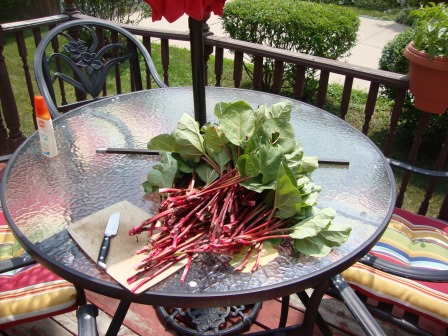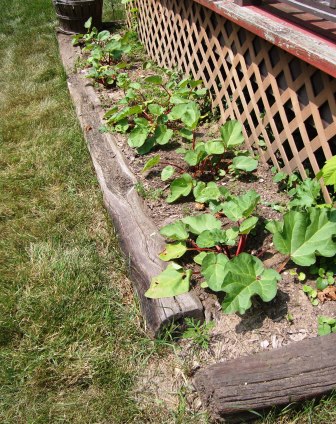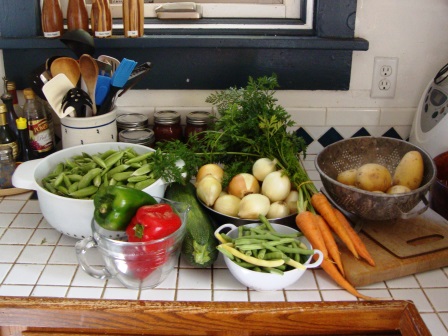Tributes to the great Robin Williams are all over the Interwebs and all over the world. Erika Diamond reprinted a post I contributed a few years ago. Anything I add will echo something said by others – and perhaps that’s one of the reasons so many are speaking up.
From a college friend – Celebrity deaths don’t generally make me cry. I just sobbed over the loss of Robin Williams.
From a teacher and techie friend – I have to turn off Facebook and all social media tonight. This repeating story of Robin Williams being so alone and desolate is absolutely killing me.
Iphigenia Doubtfire. How much of this was scripted and how much improvised? We may never know. Robin Williams in character within a character – both characters lovable and delightful people.
That spark of “madness” – creativity, excitement, humor, brilliance. When I think of Robin Williams and his collective works – I haven’t even seen them all! – I keep coming back to brilliance.
But within that brilliant man was a tortured soul. Depression, an illness made worse by addiction. Yes, I said illness. Depression is an illness that causes great pain. When people experience clinical depression, they are not sad or weak or wimpy. They truly cannot function because of their pain. Recovery can be slow, and it can require medications and therapy and more.
Robin’s legacy includes the manner of his death, but I hope his life is what we remember most. He was a very unique, strong and talented man; a diagnosis of mental illness doesn’t change that.
Rest in peace, Robin Williams. May you finally find the peace you were seeking. You made the world a better place.

